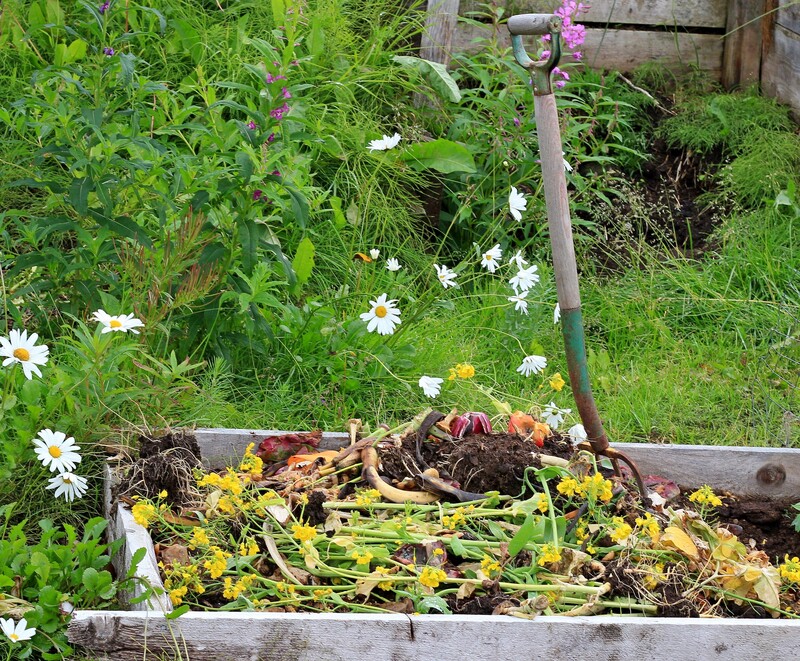A Step-by-Step Guide to Eco-Friendly Pots and Pans Disposal
Do you have old, worn-out cookware cluttering your kitchen? Disposing of used pots and pans responsibly can be a confusing task, especially when trying to minimize your environmental impact. Whether they're non-stick, stainless steel, copper, or cast iron, learning the best methods for eco-friendly cookware disposal is essential. In this comprehensive guide, we'll explore the most sustainable ways to get rid of your unwanted pots and pans, ensuring you make an environmentally sound choice every step of the way.

Why Does Eco-Friendly Pots and Pans Disposal Matter?
Improper disposal of cookeware contributes to landfill waste, leaching of hazardous materials, and exploitation of finite resources. Metals, coatings, and plastics used in cookware take hundreds of years to decompose. By practicing responsible and eco-friendly pots and pans disposal, you help conserve energy, reduce landfill burden, prevent pollution, and possibly help others in need.
Environmental Hazards from Incorrect Cookware Disposal
- Non-stick coatings (such as Teflon) can release toxic chemicals when incinerated or decomposed.
- Metals like aluminum, copper, and steel are valuable and recyclable but can contaminate the soil if buried.
- Improper disposal wastes valuable resources that could be reused or repurposed.
Step-By-Step Eco-Conscious Pots and Pans Disposal
Follow these systematic steps to maximize your cookware's second life and minimize your footprint:
Step 1: Assess the Condition of Your Cookware
- Is it still usable? If your pots and pans still function despite cosmetic flaws, they may be reused, donated, or sold.
- Is it damaged or hazardous? Severely warped, deeply scratched, rusted, or flaking non-stick pans should not be used for cooking or donation--toxins could be released or transferred to food.
Step 2: Consider Reuse Before Disposal
Before you resort to recycling or disposal, think creatively about how you or someone else might reuse old cookware:
- Donation: Charities, shelters, community kitchens, and thrift stores often accept gently used cookware. Call ahead to check their needs and acceptance policies.
- Give to friends or family--students, new homeowners, or anyone starting out might need extra kitchen supplies.
- Repurpose for non-food uses--old pots make excellent planters, organizing bins, or decorative items for your garden or home.
- Craft projects: Get creative! Paint or decorate pans for wall art, clocks, or unique bird baths.
Step 3: Identify Your Cookware's Material
Sustainable pots and pans disposal depends on material. Most cookware comprises:
- Aluminum
- Stainless Steel
- Copper
- Cast Iron
- Non-stick (Teflon or ceramic coating on various base metals)
- Glass or Pyrex
- Enamel-coated steel or iron
Knowing the material determines if and how it can be recycled or disposed of eco-friendly.
Step 4: Recycling Old Pots and Pans Responsibly
- Aluminum, Stainless Steel, Copper: Most metal cookware is highly recyclable. Contact your local recycling center or metal scrap yard to see if they accept household cookware. Remove non-metal handles and lids if possible, as these may need separate disposal.
- Cast Iron: Heirloom quality and fully recyclable. Many scrap dealers pay for cast iron. For large quantities, search for dedicated metal recycling facilities.
- Non-Stick Cookware: Flaking or damaged non-stick pans generally cannot be accepted by regular recycling due to the coating. Check with the pan manufacturer (some offer take-back programs for used products, especially brands like Tefal, Calphalon, and GreenPan).
- Glass and Ceramic Pans: These typically require specialized recycling and should never be put in curbside bins unless your municipality specifically says so. Consult your local waste department for guidance.
- Enamel-Coated Cookware: Only the metal portion is recyclable. Enamel must be separated before recycling (ask your center if they handle this).
Step 5: Repair or Refurbish When Possible
- Reseason cast iron pans--removing rust and applying a new seasoning gives old cookware a second life.
- Fix loose handles or replace small parts to extend the pan's usability.
- Consider professional cookware repair for high-quality pieces (e.g., re-coating non-stick pans, repairing copper, fixing dents).
Step 6: Proper Disposal for Non-Recyclable Cookware
- Non-recyclable non-stick pans: If there's no recycling option, wrap your pan in newspaper or cardboard to prevent sharp edges from injuring sanitation workers and dispose through standard municipal waste. Make this your last resort after exhausting all other responsible pots and pans disposal options.
- Broken glass or ceramic cookware: Carefully wrap and label for safe disposal. Never recycle with regular glass--it's a different composition.
Special Eco-Friendly Pots and Pans Disposal Programs
Brand Take-Back and Recycling Initiatives
- Calphalon and several other manufacturers offer mail-in recycling for their old pans--visit their websites for specifics.
- Some cookware stores and big-box retailers host annual cookware recycling events or accept items at select locations.
Community Recycling Drives
Watch for local e-waste or metal recycling collection events. Your city may periodically offer curbside pickup or drop-off for large or specialty metal items. Participating supports municipal recycling goals and keeps pots and pans out of the landfill.
Tips for Reducing Cookware Waste in the Future
- Choose high-quality, durable cookware that doesn't require frequent replacement.
- Maintain your pots and pans according to the manufacturer's guidelines: avoid metal utensils on non-stick surfaces, hand-wash when advised, and dry thoroughly to prevent rust.
- Opt for eco-friendly cookware brands that prioritize recyclable materials and sustainable manufacturing practices.
- Replace only when necessary--don't fall for trends or unnecessary upgrades.

Frequently Asked Questions About Eco-Friendly Pots and Pans Disposal
Can I put old pots and pans in my curbside recycling?
No. Most curbside recycling programs do not accept cookware because it's bulky, nonstandard, or contains mixed materials. Instead, seek out scrap metal facilities or specialized drop-offs for eco-conscious disposal.
Are non-stick pans recyclable?
It depends on your area and the pan design. Most standard recycling plants cannot process non-stick coatings. Some manufacturers and specialty recyclers will accept them if you remove handles and non-metal parts. Always check locally.
What about ceramic or glass cookware?
These materials require specialized facilities and typically cannot be recycled with regular glass bottling or ceramics. Check with your local waste disposal authority for the best course of action.
Can I throw pots and pans in the trash?
It's not recommended. Only do so if all other pots and pans disposal methods have been exhausted. Try to recycle, donate, or repurpose first to minimize landfill waste.
The Bottom Line on Sustainable Pots and Pans Disposal
Committing to eco-friendly pots and pans disposal isn't just a responsible kitchen habit--it's a significant step toward a sustainable lifestyle. By assessing, donating, repurposing, recycling, repairing, or responsibly disposing of your cookware, you ensure valuable materials are not wasted. Your choices extend the life of resources, reduce environmental harm, and support your community. Always research your local options and encourage friends and family to practice sustainable pots and pans disposal. A cleaner kitchen equals a cleaner planet!
Resources for Eco-Friendly Cookware Disposal
- Earth911 Recycling Directory: Find local recycling options
- Calphalon Recycle Program: Manufacturer take-back details
- Local government recycling portal--search your city's waste management website